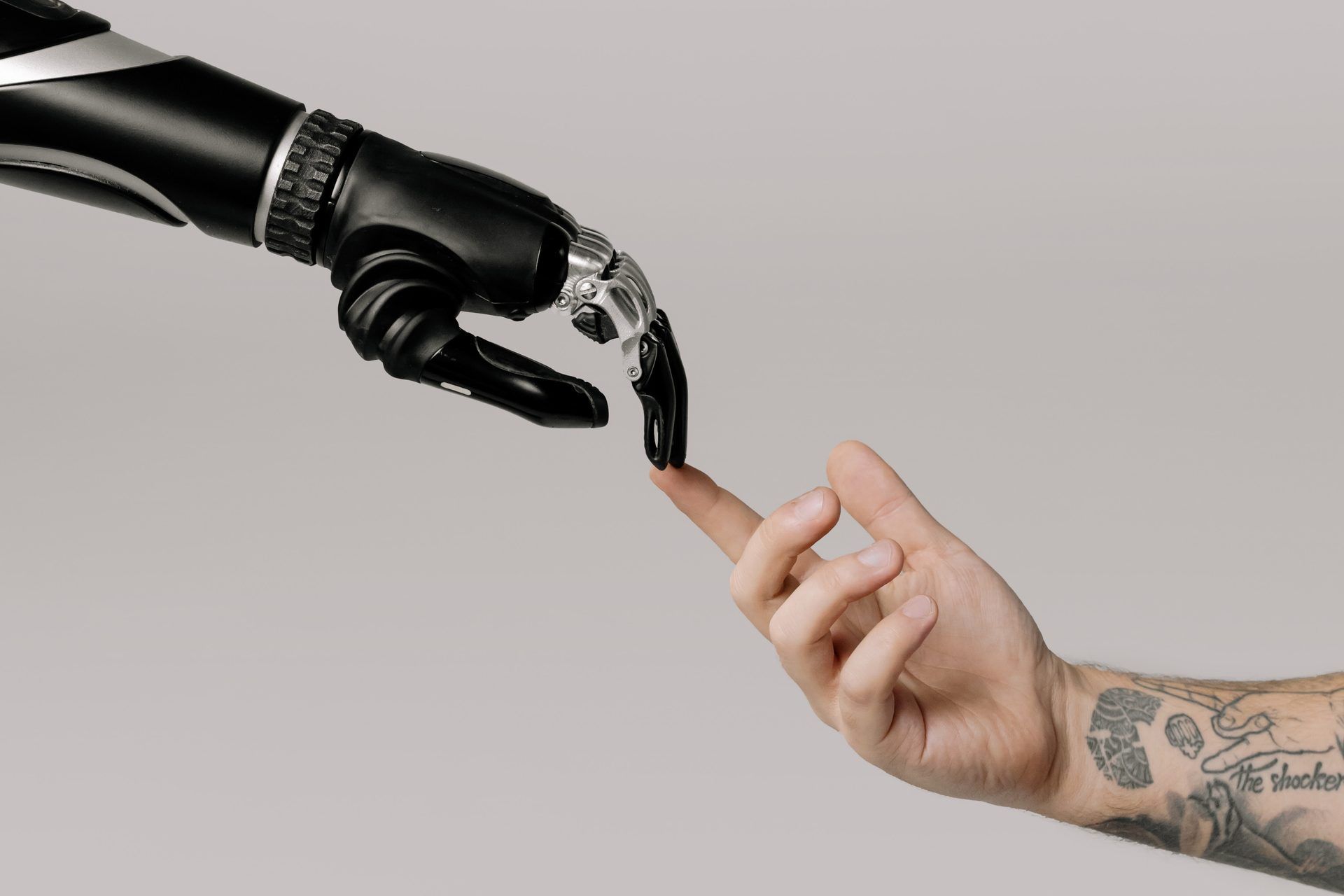In a recent twist that has stirred conversations across the spheres of technology, art, and law, United States District Court Judge Beryl A. Howell’s ruling has shone a spotlight on the intricacies of AI-generated artwork and its place in the world of copyright. Here is the full ruling:
This decision, which poses that AI-generated art cannot be copyrighted without “human authorship,” opens a Pandora’s box of discussions about intellectual property, creativity, and the evolving relationship between humans and technology.
Beyond the brushstroke: AI as co-creator
Beyond legalities, the ruling prompts us to reconsider the very essence of artistry. Is AI merely a tool, an extension of human creativity, or can it be recognized as a contributor in its own right? This question delves into the heart of what it means to create and collaborate in the modern age.
As AI systems continue to play a larger role in generating art, music, and other creative works, we find ourselves at the crossroads of innovation and tradition.
A landscape beyond art
The ripple effects of this decision extend far beyond the canvas. As AI-generated content permeates industries like entertainment and media, similar questions of authorship and ownership come to the forefront. The ruling’s implications may reach into contracts, credits, and the very recognition bestowed upon those who contribute to AI-created content. This expansion of the conversation underlines the vast influence that AI wields in shaping the future of creativity and expression.

Charting a new horizon
Judge Howell’s ruling sparks a journey into uncharted territory, where AI and human creativity intertwine. The ruling catalyze conversations about the broader implications of AI’s presence in our lives, from reshaping the way we create to redefining the value we place on human ingenuity. It’s a discourse that transcends courtrooms and studios, inviting us all to ponder the evolving narrative of creativity and what it means for the future of art and innovation.
In an age where algorithms and human minds converge to shape our cultural landscape, the conversation around AI and copyright beckons us to reimagine the lines between the artist and the machine. As we stand on the precipice of an era defined by collaboration between human ingenuity and artificial intelligence, the question of who holds the brush becomes more nuanced than ever.
Ultimately, Judge Howell’s ruling serves as a thought-provoking chapter in the ongoing story of creativity’s evolution, inviting us to engage in a dialogue that paints a vivid picture of the road ahead.
Featured image credit: Tingey Injury Law Firm/Unsplash





